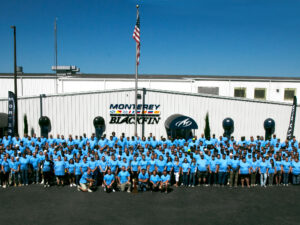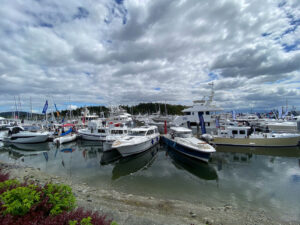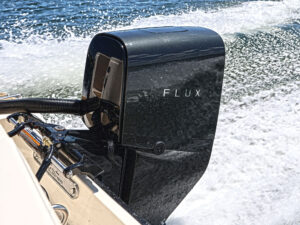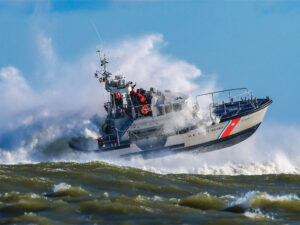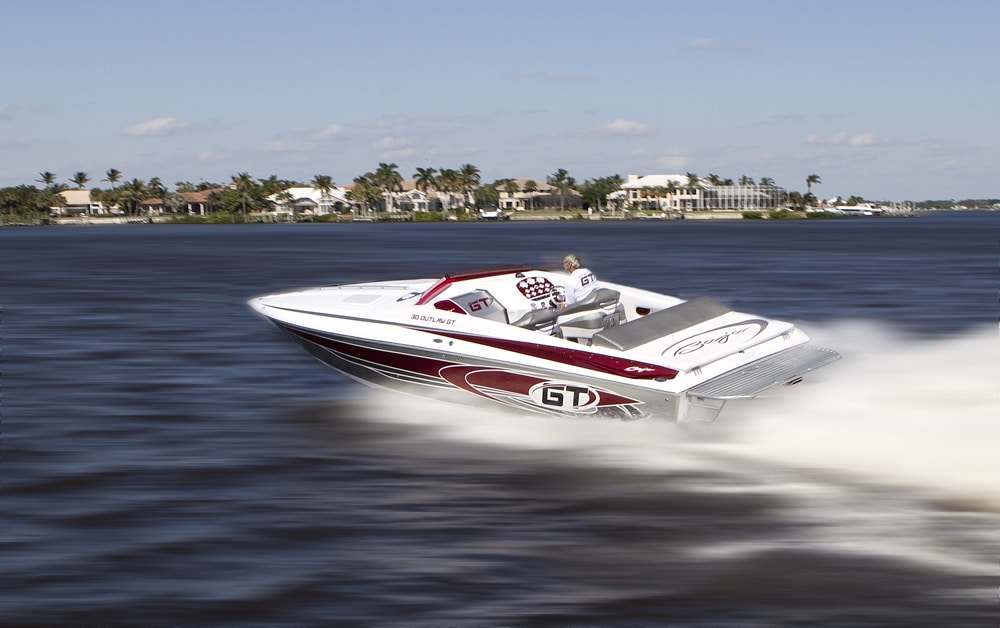
Baja 30 Outlaw GT
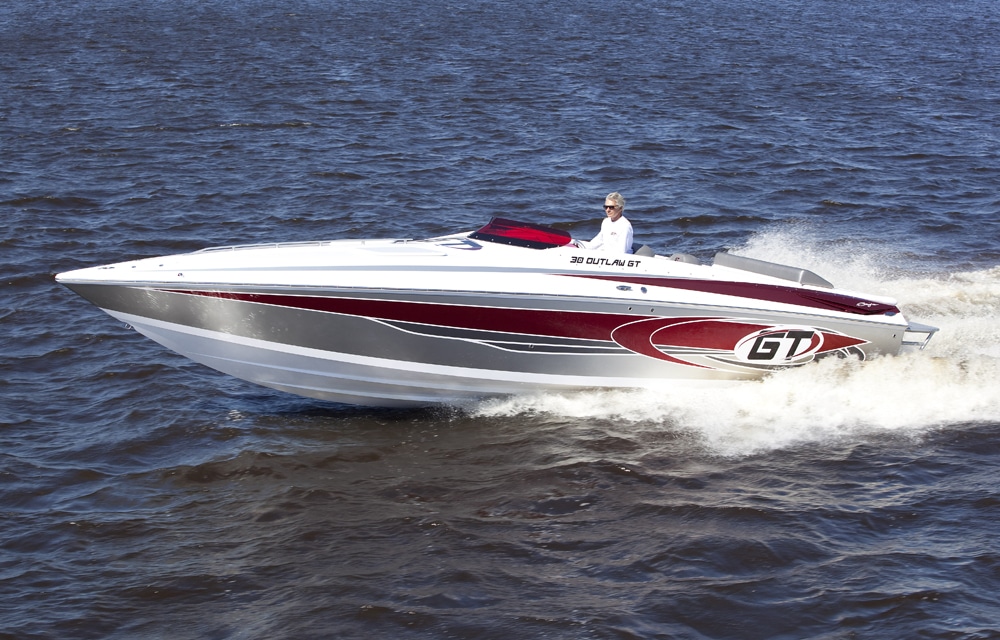
Baja 30 Outlaw GT
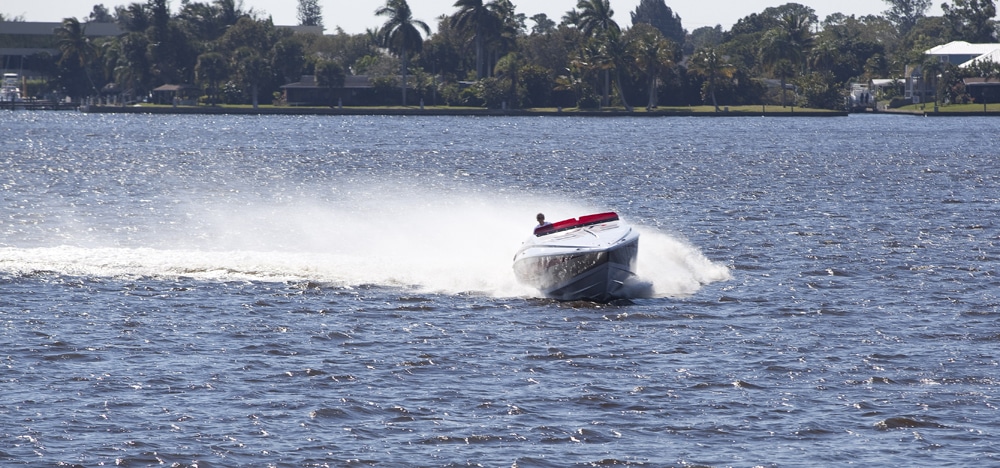
Baja 30 Outlaw GT
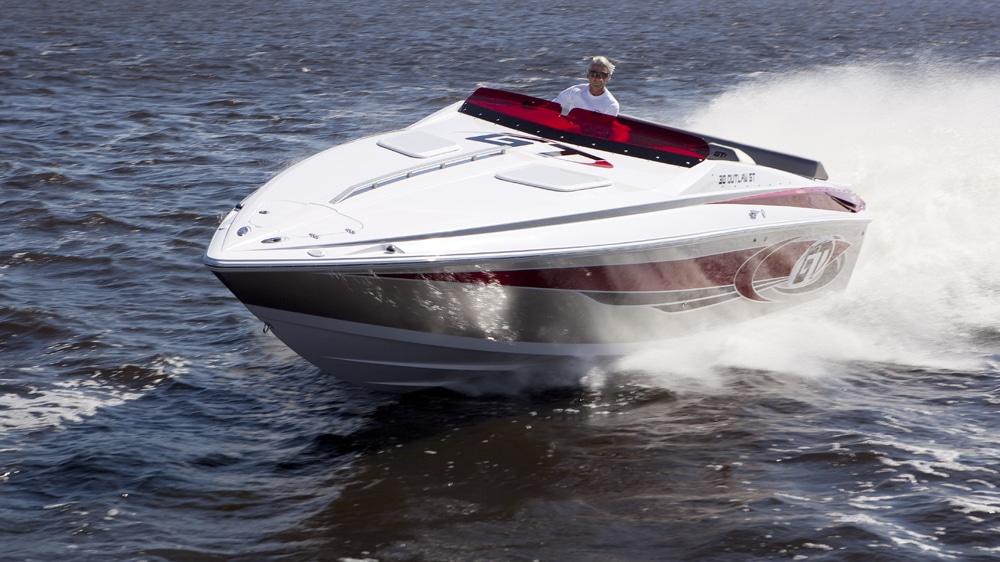
Baja 30 Outlaw GT
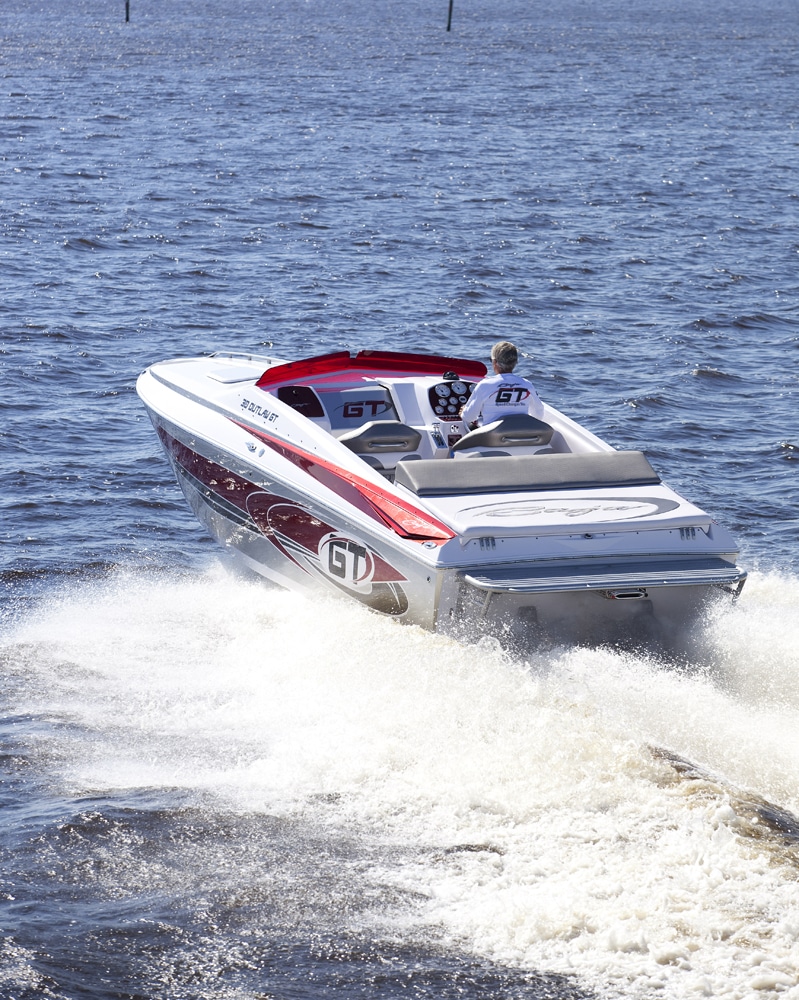
Baja 30 Outlaw GT
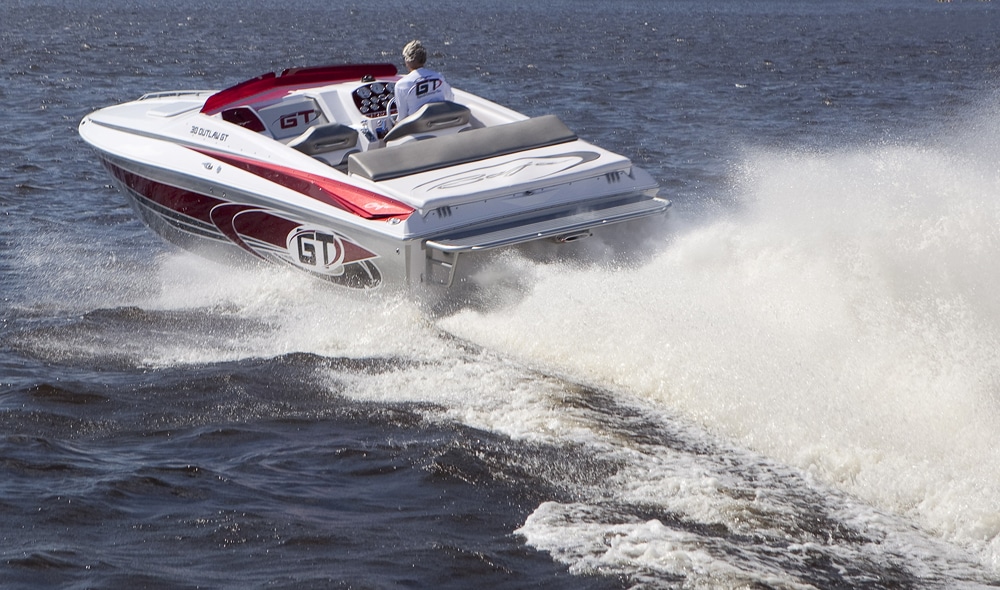
Baja 30 Outlaw GT
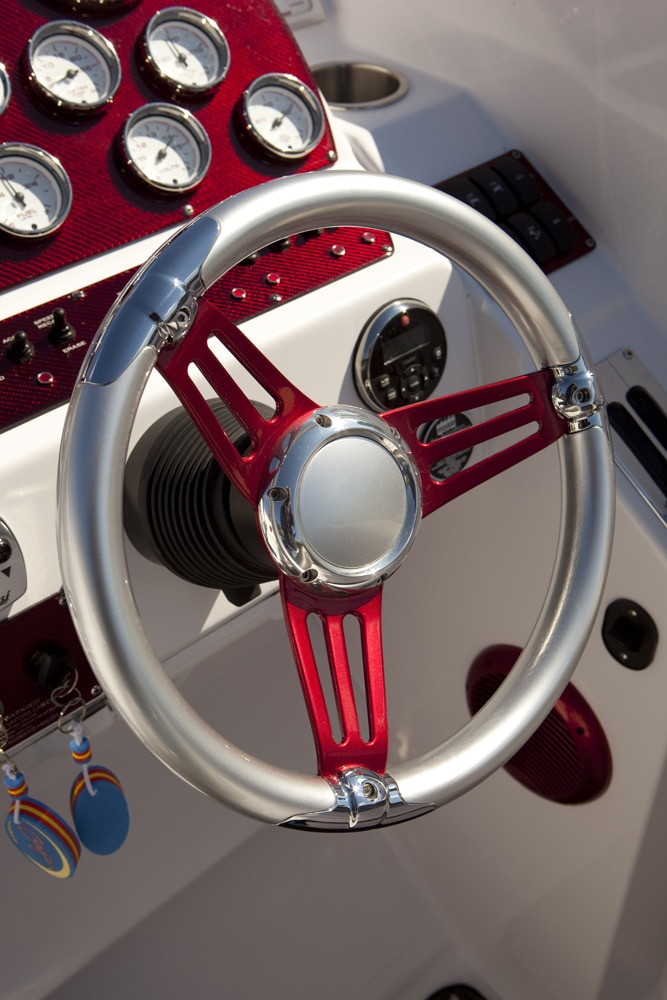
Baja 30 Outlaw GT
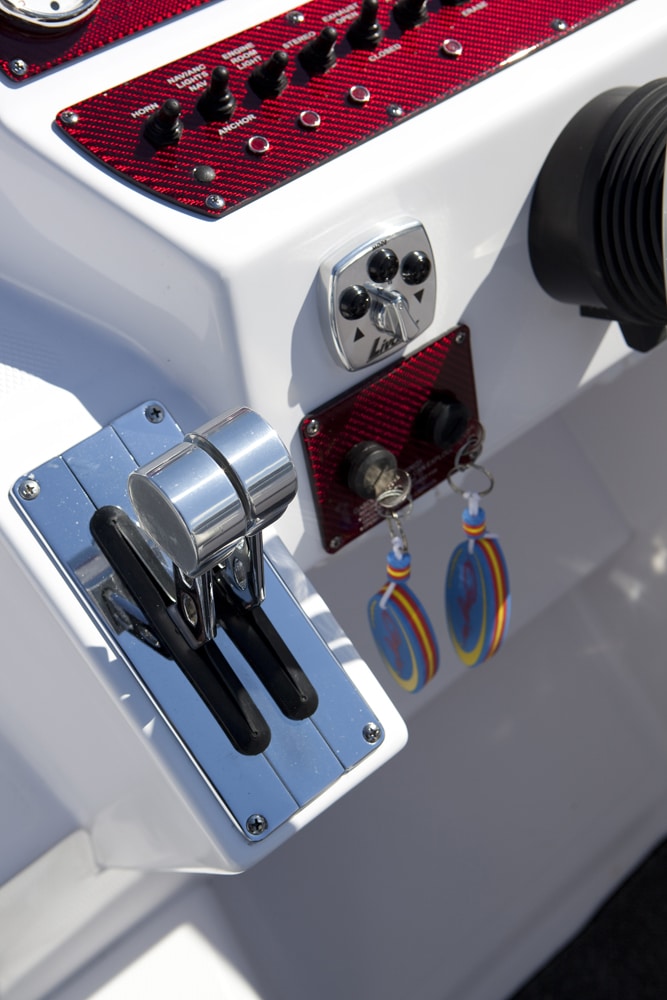
Baja 30 Outlaw GT
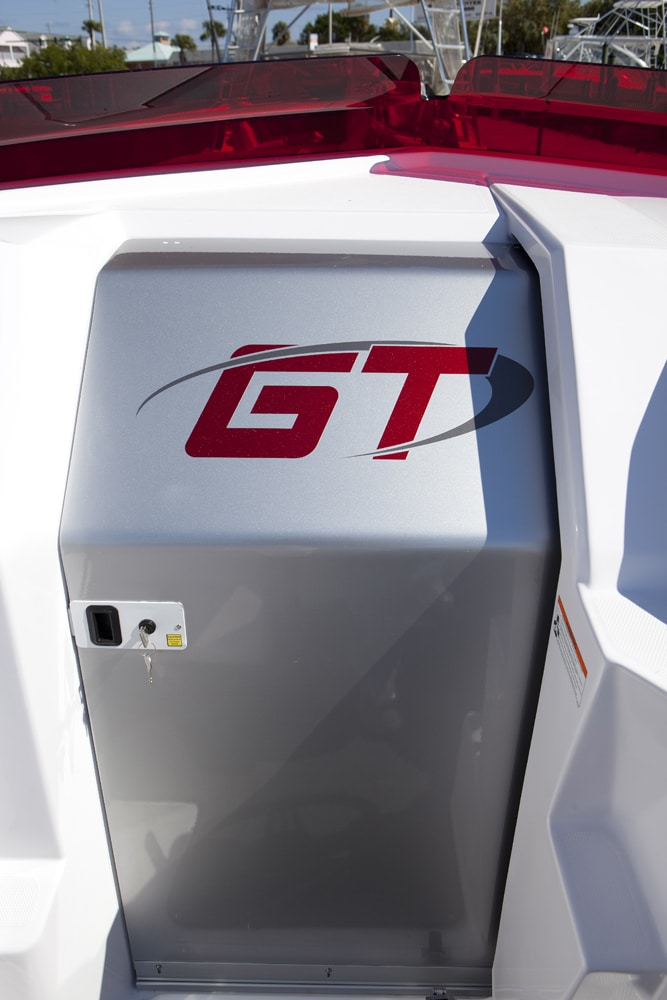
Baja 30 Outlaw GT
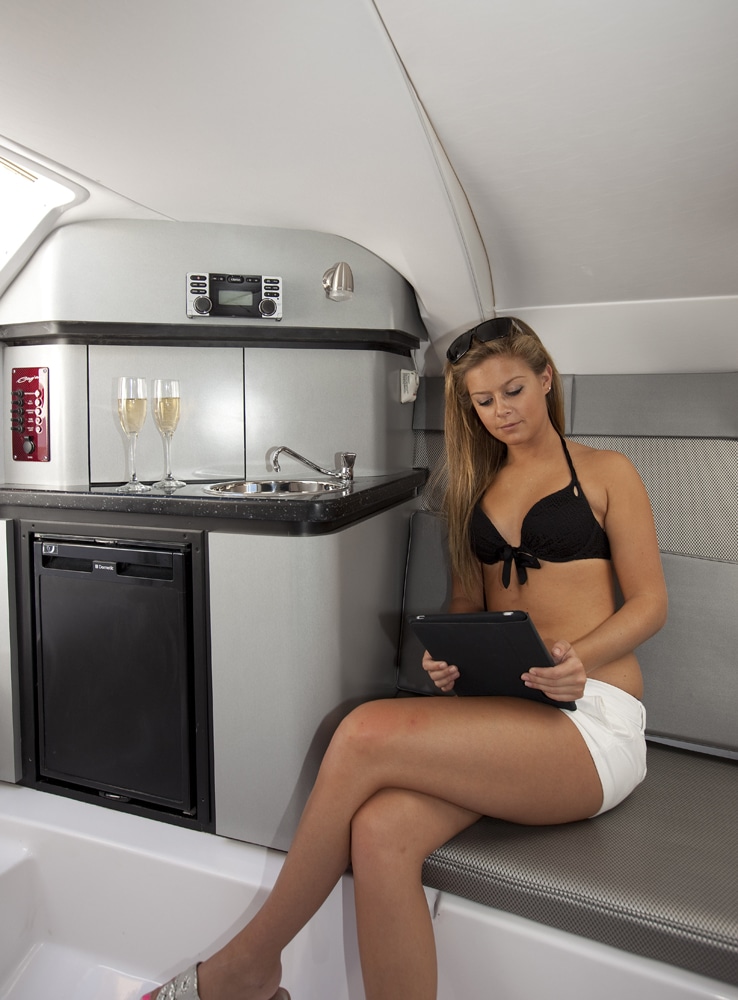
Baja 30 Outlaw GT
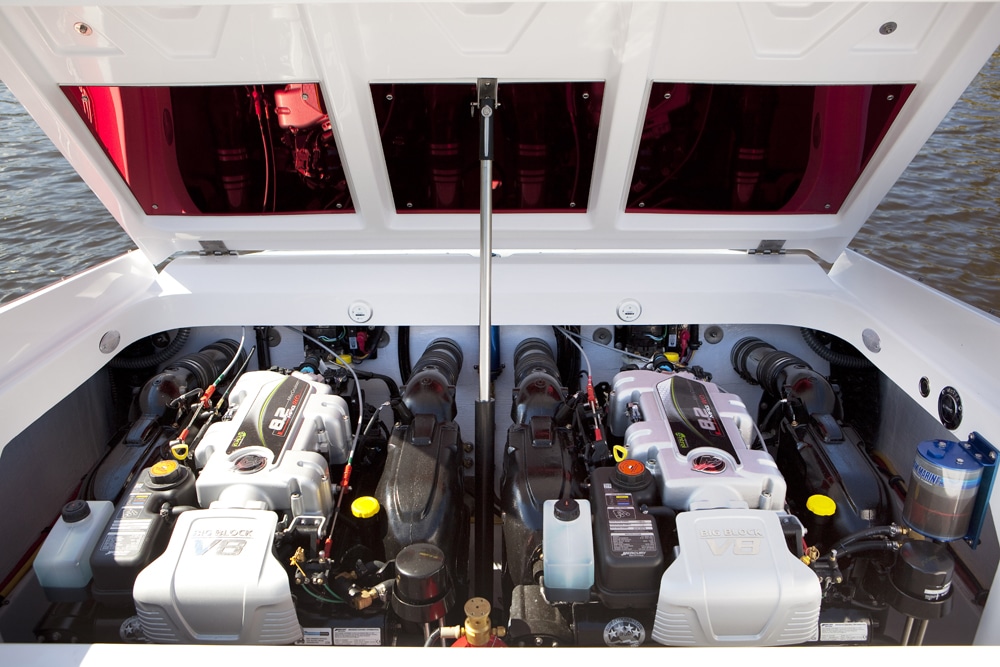
Baja 30 Outlaw GT
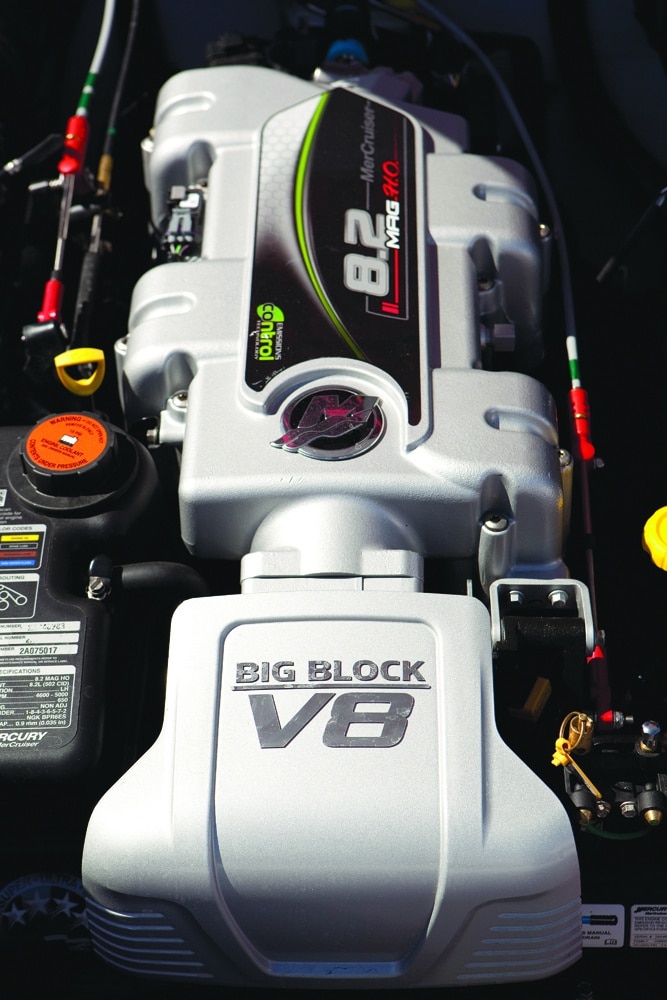
Baja 30 Outlaw GT
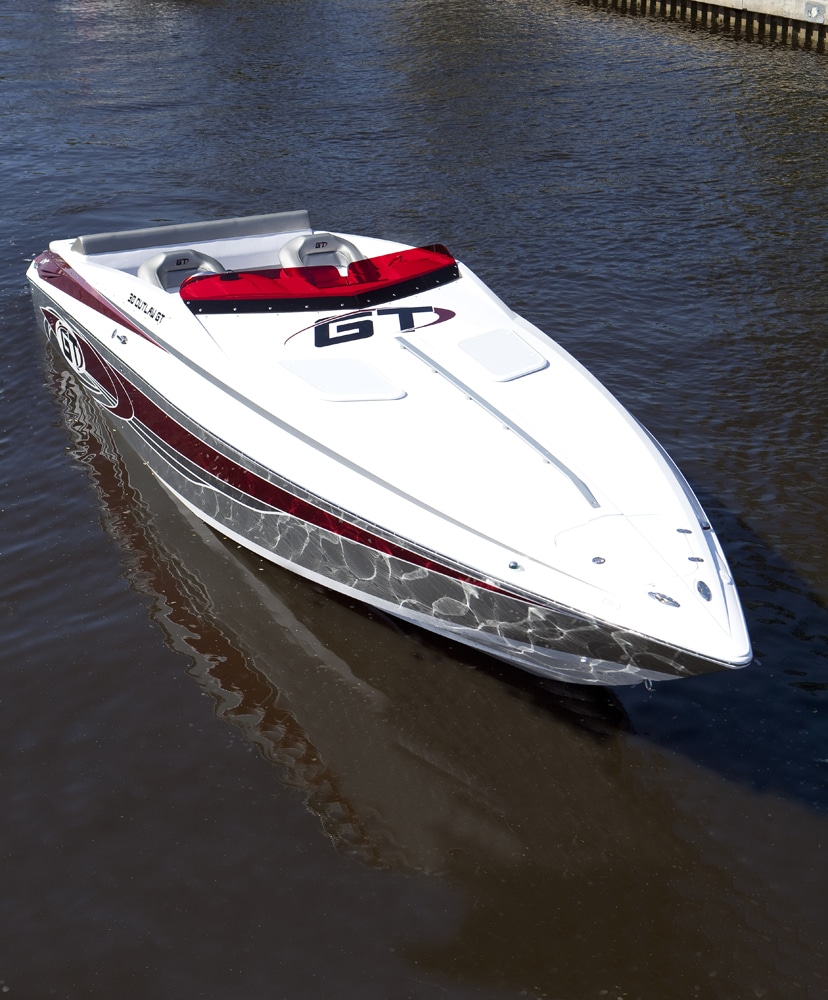
Baja 30 Outlaw GT
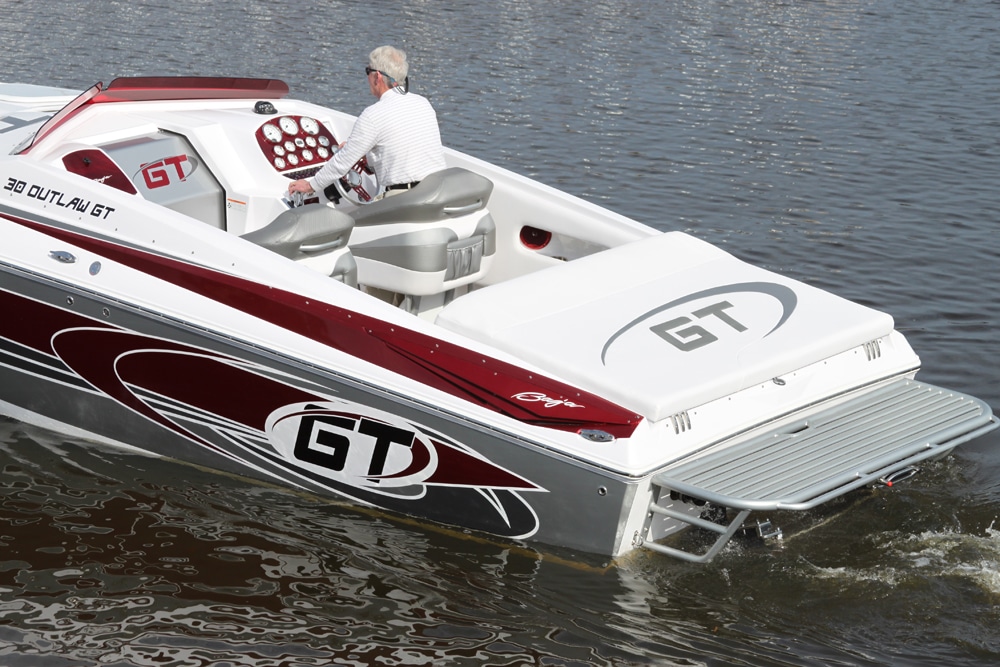
Baja 30 Outlaw GT
_Learn More About the Baja 30 Outlaw GT**_
_Learn More About Other Baja Boat Models**_
_**Click Here For All Of Our Performance Boat Boat Tests**_
Taking the wheel of Baja’s 30 Outlaw GT was akin to meeting an old friend I hadn’t seen in a long time: I instantly felt comfortable.
The last boat I drove (and throttled) in an offshore powerboat race was a 2004 30 Outlaw. When I got word that I would be testing the new version of the boat, I was curious to see if Baja had made any changes. I doubted there was much that anyone could have done to improve this boat’s predictable handling and ride. My first test was rescheduled after Craig Barrie, Baja vice president of sales and marketing, took the 30 Outlaw GT for a ride. The boat had difficulty planing and riding smoothly in calm conditions.
Drawing on decades of experience in the go-fast industry, Barrie told Baja President Johnny Walker that the extra-large transom notch on the new boat was causing the issues. Barrie had the lamination team shrink the notch from 9.5 inches by 9 inches to one measuring 6 inches across and 4 inches tall. Otherwise, the boat is a classic deep-V with inboard strakes that run to about the 20-foot mark and an outboard pair that runs the full length. The chines are reversed, or turned down slightly.
Barrie got it right. My test boat planed with gleeful ease. Just at the point when it felt as if the props were going to break free and cavitate, the bow settled down and the 30 Outlaw GT flew forward.
At wide-open throttle, the 430 hp MerCruiser 8.2 Mag HO sterndrives pushed the boat to 75.1 mph, the 30 Outlaw GT riding smoothly across the (unfortunately for a boat test) calm surface. Swing it into turns and the 30 Outlaw GT performs with grace.
Looking for other nonstepped 30-foot go-fasts? The Checkmate 30 Convincor tops at about 72 mph with a pair of 320 hp MerCruiser 377 Mag sterndrives and retails for $117,520. From the West Coast, the Hallett 300 T hits 77 mph with the same power as my test boat and sports a sticker of $149,000.
Back to the 30 Outlaw GT, the helm felt comfortable with the Livorsi instruments arranged in a logical layout and the accessory manufacturer’s shift-and-throttle controls ergonomically positioned. Trim control for both drives is on the throttle lever, with a full panel of switches for the drives and tabs just ahead and the Livorsi LED trim indicators positioned to starboard, where you can glance at them quickly. Like the Mercury Racing 280S K-Plane trim tabs, the LED indicators and the Livorsi tachometers with data readouts at the bottom, the upgraded graphics and other options are all part of the GT package, which adds about $18,000 to the sticker price. Power dropout bolsters are stylish, supportive and practical with grab handles and map pockets on the aft side.
In the two levels of gunwale cutouts, there were three cup holders per side in the uppers and plenty of space for big fenders in the lower trays. I appreciated the depth of the aft bench seat and the stowage available beneath the bottom cushion that folded out on two-position hinges. A glove-box-style hatch in the base of the seat opened to reveal the battery switches, circuit breakers and battery jumper posts.
You can stretch out on the aft sun pad and let your legs dangle over the optional tubular aluminum swim platform that’s also part of the GT package. Raise the pad to reveal the engines. They’re installed on some serious mounts. The outer pieces are foot-long cast aluminum brackets shaped like horseshoes that fit down over the stringer and bolt through each side. The inner mount fastens to the large center stringer in the same fashion, with feet that bolt to each motor’s mount. It also provides a platform for the engine hatch lift. Trim pumps are mounted on the transom abaft the motors, and you can reach the caps to top off the fluid. Rigging looked clean with wires and hoses supported with stainless-steel cushioned clamps to keep the runs secure.
Beneath the engines I could see that Baja builds the boat with a one-piece liner that includes all the stringers and transverse supports. It’s laminated with two layers of 3610 fiberglass mat and is bonded to the hull with Plexus adhesive. Once the liner is in place, all voids are filled with closed-cell foam. Baja lays up the hull bottom with four layers of 3610 in multidirectional layers, and the hull-to-deck joint is bonded with Plexus.
You could see further evidence of the liner in the 30 Outlaw’s cabin. Aft to port is a small galley with a refrigerator and sink and with a head directly across to starboard. Just ahead, two long lounges convert to a full berth measuring more than six feet long, and there’s stowage in the base and outboard in molded trays. It’s comfortable enough that, if you play your cards right, you might get to know a new friend a little better during a weekend getaway.
Comparable models: Checkmate 30 Convincor, Hallett 300 T

